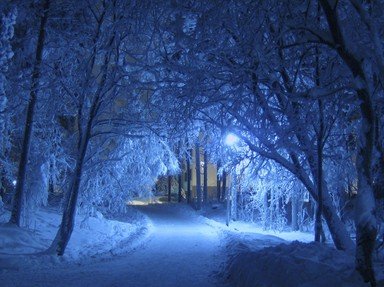Quiz Answer Key and Fun Facts
1. Compared to other European capitals, Helsinki is a city of relatively recent origin, founded in 1550 by what influential king?
2. Some of Helsinki's oldest buildings are located in a beautiful square, dominated by the massive Lutheran Cathedral, and named after what important institution?
3. Helsinki lies on Finland's southern coast. Which of these statements best describes the city's climate?
4. A major passenger port, one of the world's busiest, Helsinki offers regular ferry connections with a number of destinations on the Baltic Sea. Which of these cities would you NOT be able to reach directly from Helsinki by ferry?
5. Anyone with an interest in modern and contemporary architecture will find much to appreciate in Helsinki. In particular, the city centre boasts a high density of buildings in the Finnish version of what early 20th-century style - associated with cities such as Paris, Vienna, and Brussels?
6. Visitors to Helsinki flock to Temppeliaukio Church, located in the Töölö neighbourhood. What makes this church so unique?
7. The distinctive-looking monument pictured in the photo was created in 1967 by sculptor Eila Hiltunen to honour which icon of Finnish culture - whose line of work is hinted at by the monument's shape?
8. No trip to Helsinki would be complete without a visit to some of the lovely islands that form its archipelago. Why was the group of eight islands known as Suomenlinna designated as a UNESCO World Heritage Site in 1991?
9. The densely forested island of Seurasaari is heavenly during the warmer months, when people can enjoy its peaceful atmosphere and abundant wildlife. Famous for its open-air museum, the island is the site of a huge bonfire that is lit on which festive occasion?
10. Korkeasaari Zoo offers a unique opportunity to see a variety of animal species hailing from colder climates. Which of these large animals can you expect to find there?
Source: Author
LadyNym
This quiz was reviewed by FunTrivia editor
agony before going online.
Any errors found in FunTrivia content are routinely corrected through our feedback system.
